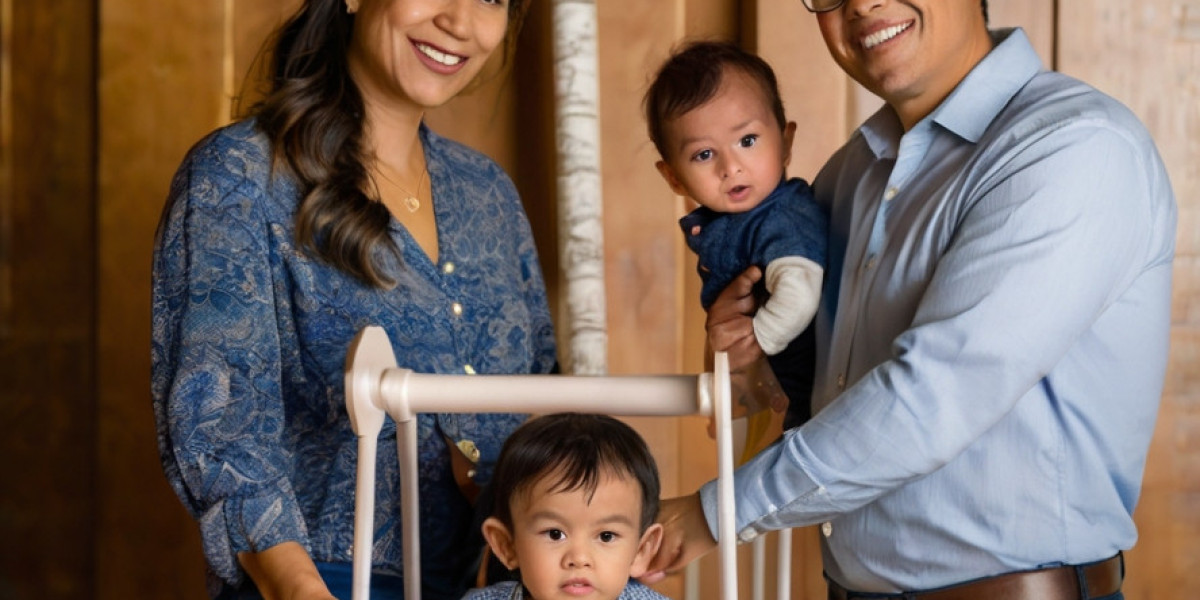Introduction
First aid is a critical skill that can save lives, particularly in the case of children who are notably more vulnerable due to their developing bodies and minds. This report reviews recent studies and practices concerning first aid for children, emphasizing its importance, common injuries and emergencies, effective intervention strategies, and the role of education and training in empowering parents, caregivers, and educators to respond effectively during emergencies.
Importance of First Aid for Children
Children are naturally curious and active, which often leads to accidents and emergencies requiring immediate attention. According to the World Health Organization (WHO), approximately 830,000 children under the age of 15 lose their lives each year due to injuries, many of which could potentially be mitigated with appropriate first aid training. As a result, educating caregivers on first aid is crucial in promoting child safety and ensuring that help is ready in case of an emergency.
Psychological Impact of Injuries on Children
In addition to the physical consequences of injuries, children may also experience psychological effects, such as anxiety and fear, related to emergency situations. Effective first aid can alleviate these concerns by providing prompt care and emotional support, fostering a sense of security that can help children cope better with traumatic experiences.
Common Injuries and Emergencies
Understanding the most common injuries and emergencies that children face is essential for effective first aid. Here are some prevalent scenarios:
- Cuts and Scrapes: Minor injuries often occur from falls or accidental contact with sharp objects. Proper cleaning and dressing of wounds can prevent infections.
- Burns: Children are prone to burns from hot liquids, stoves, and fire. First aid includes cooling the burn, covering it with a clean cloth, and seeking further medical attention for severe cases.
- Choking: Young children often put small objects in their mouths, leading to choking. The Heimlich maneuver is a lifesaving technique that caregivers must know.
- Fractures and Sprains: Falls can result in broken bones or sprains. Immobilizing the affected area and seeking medical help is vital.
- Head Injuries: With high activity levels, children are susceptible to falls that result in concussions. Monitoring for symptoms such as confusion, dizziness, or Baby sleep advice difficulty balancing is crucial.
- Allergic Reactions: Food allergies can trigger severe reactions, requiring immediate administration of antihistamines or epinephrine, depending on the severity of the reaction.
- Poisoning: Accidental ingestion of household chemicals or medicines is common. Initiating quick response protocols can significantly improve outcomes.
First Aid Protocols for Common Emergencies
Cuts and Scrapes
- Assess the Severity: Determine if the injury is minor or if professional medical help is needed.
- Clean the Wound: Rinse the cut or scrape under clean running water.
- Stop the Bleeding: Apply gentle pressure with a clean cloth.
- Apply an Antibiotic Ointment: Use a topical antibiotic and cover with a sterile bandage.
- Monitor: Look for signs of infection, such as increased redness or discharge.
Burns
- Cool the Burn: Place the burned area under cool (not cold) running water for at least 10 minutes.
- Cover: Use a non-stick sterile bandage to protect the area.
- Do Not Pop Blisters: If blisters form, keep them intact to prevent infection.
- Seek Help: For severe burns, seek immediate medical assistance.
Choking
- Assess Consciousness: If the child can cough or speak, encourage them to continue coughing.
- Heimlich Maneuver: For a child unable to breathe, stand behind them, place your arms around their waist, make a fist with one hand and place it just above the navel, grasp it with your other hand and perform quick inward and upward thrusts until the object is expelled.
- Call for Help: If the child becomes unconscious, begin CPR.
Fractures and Sprains
- Immobilize the Injury: Do not attempt to realign bones. Use a splint if available.
- Ice the Area: Apply a cold pack to reduce swelling.
- Seek Medical Attention: Fractures require professional evaluation.
Head Injuries
- Monitor Symptoms: Keep the child awake and check for signs of concussion.
- Avoid Giving Food or Drink: Until evaluated by a healthcare provider.
- Seek Medical Help: For loss of consciousness, severe headache, or vomiting.
Allergic Reactions
- Recognize Symptoms: Common signs include hives, swelling, and difficulty breathing.
- Administer Medication: For mild reactions, antihistamines can help. In severe cases, administer an EpiPen (epinephrine) and call emergency services.
- Follow Up: Seek further medical treatment after an anaphylactic reaction, even if symptoms seem to improve.
Poisoning
- Identify the Substance: Gather information about what was ingested.
- Call Poison Control: Provide the information and follow their instructions.
- Do Not Induce Vomiting: Unless specifically instructed by a medical professional.
The Role of Education and Training
Importance of First Aid Training
Education and training are fundamental in empowering caregivers and parents to act confidently in emergencies. Organizations like the American Red Cross and St. John Ambulance provide first aid courses tailored for children that emphasize practical skills and simulations of emergency situations.
Public Awareness Campaigns
Community outreach programs can enhance knowledge and preparedness among parents and guardians. Awareness campaigns should focus on the importance of first aid training and provide information on available courses, emphasizing the long-term benefits.
Children’s Education on First Aid
Incorporating first aid training within school curriculums not only educates children about safe practices but also prepares them to respond in emergencies effectively. Age-appropriate courses can instill a sense of responsibility and awareness in young minds, tailoring lessons to their developmental stages.
Use of Technology in Training
Innovative training tools, such as apps and virtual reality platforms, are now accessible, allowing caregivers to learn first aid techniques at their own pace. These technologies can make learning interactive and engaging, providing real-life simulations to emphasize critical decision-making skills during emergencies.
Conclusion
First aid knowledge and skills for children are indispensable for parents, caregivers, and educators. Understanding common injuries and the correct response protocols can significantly increase a child's chance of a favorable outcome in an emergency. The recent focus on educational programs and technology-assisted training is paving the way for a well-prepared society, ready to tackle emergencies involving children effectively. As accidents are an inevitable part of childhood, equipping caregivers with first aid skills is not only pragmatic but essential for fostering a safer environment for children to thrive. Through ongoing education, community engagement, and emphasis on emotional support, we can ensure that caregivers are adequately prepared to act swiftly and effectively when children's safety is at stake.





